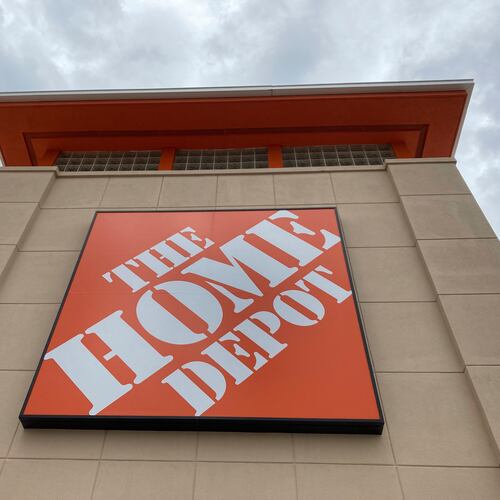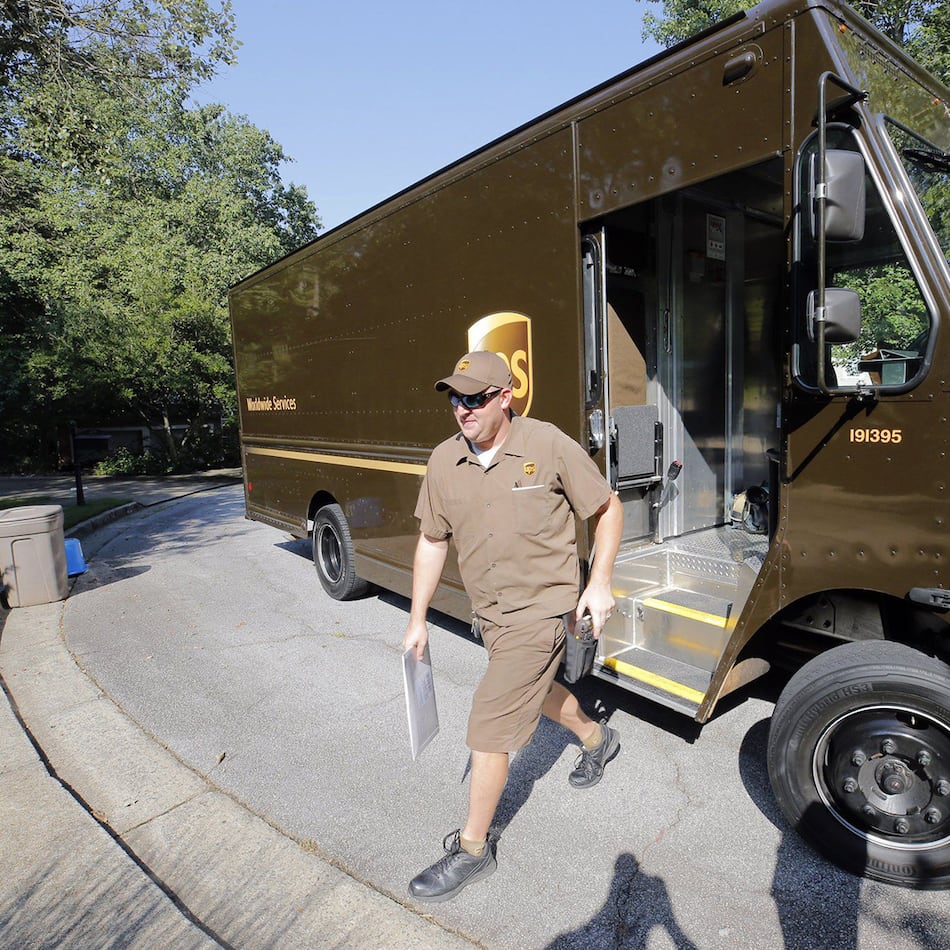The Atlanta-based Weather Channel last month surprised a television industry that for months had speculated the channel’s next head would be cable news veteran Bill Bolster, the former top executive at CNBC.
Instead, the Weather Channel’s owners — NBC Universal and two private equity firms — went outside the TV industry and tapped Michael Kelly, the former president of AOL Media Networks. He replaced Lisa Gersh, an NBC executive and co-founder of Oxygen Media who had been the channel’s interim CEO since Debora Wilson left in February.
The Weather Channel launched in 1982 and is one of three trailblazing cable networks based in Atlanta — along with Ted Turner’s WTBS and CNN. Today it trails only WTBS in the number of homes it reaches by cable and satellite, about 100 million.
Kelly, 52, said this week in an interview that his hiring signals a new emphasis at the channel on growing its audience on TV with more “long form” programs while expanding its reach on the Internet and mobile devices.
Q: When you came here, what did you expect to find?
A: The Weather Channel is one of the pioneers of cable television, and it continues to be the channel people turn to when they want news about the weather. But while other [networks] have struggled to be relevant on other platforms, we are the leader on those platforms, with 49 million unique visitors a month to our Web site and on mobile about 12 million visitors a month. ...
Many other media companies have found that if they’re the No. 1, say, travel station channel — and I’m just making that up as an example — then someone else dominates travel on the Web. So they lose viewers on television to somebody else’s real estate on the Web. In our case, when people leave our television [programming], they’re usually going to our Internet [site]. And when they leave our Internet, they’re usually going to our mobile [services]. And that’s a real distinct advantage. Nobody other than the Weather Channel and CNN really have that opportunity.
Q: What is your challenge in terms of programming?
A: When there is a big weather event, people go to the Weather Channel first and online, as well. And when they want local weather, they know they can come to us and get local weather every 10 minutes. The question for us is how do we take advantage of the opportunity of changing viewing habits on television and online and mobile.
Q: You have new programs in the works?
A: One of the things that is new, that actually started the same day that I was announced, was “Wake Up With Al Roker” at 6 a.m., with Stephanie Abrams. Year over year that [show] is beating ratings from last year in its time slot, and we’re getting great positive consumer feedback. ... And, of course, in the evening “Weather Center” with Jim Cantore and Alexandra Steele, which treats the weather as news and not just forecasts. In certain time periods — in prime time, during the day — you’re going to get a produced show about the weather. That has been very successful, and that’s a brand-new strategy.
Q: Do Americans have an insatiable appetite for weather news?
A: This channel has an unbelievable following, people who just love us. There’s a percentage — but the exact percentage is hard to get at — who have the channel on all day. ... Mother Nature really is the best programmer.
Q: What about international?
A: We have Web sites in certain countries. We don’t have TV outside the U.S., but you go to Weather.com and plug in any city in the world, you’ll get the weather from us.
Q: How are advertisers responding to your multiplatform pitch?
A: Advertisers know that the consumer’s media habits are changing dramatically, and they want to figure out what’s the best way to communicate with them on each one of these platforms [television, Internet, mobile]. In the not too distant future, advertisers will buy seamlessly on TV, on the Web, on mobile, with a [cohesive] message. And we’re going to be one of the leading beneficiaries of that.
About the Author
Keep Reading
The Latest
Featured

